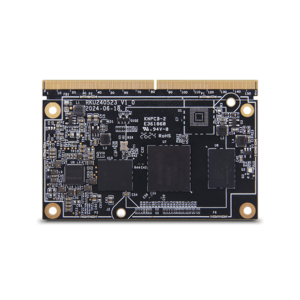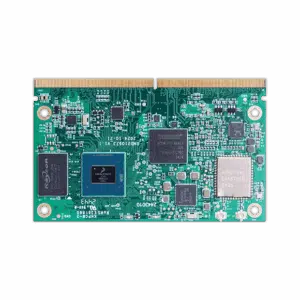Empowering Stuck Creativity with Geniatech's Versatile Computer On Modules
Empowering Stuck Creativity with Geniatech's Versatile Computer On Modules
Blog Article
Geniatech SoMs: Enhanced Embedded Performance with Whole BSP and OS Support
Embedded applications are becoming increasingly varied, demanding variable and scalable options to meet their evolving needs. This is wherever system on modules come into play. These lightweight, ready-to-use stuck methods give you the blocks for developers to create high-performance, customized alternatives with ease.

Why are computer-on-modules getting therefore much footing in the stuck techniques industry? The answer is based on their scalability and efficiency, making them the go-to choice for industries from professional automation to artificial intelligence. Under, we have a sooner consider the importance of CoMs and how they're shaping the future of embedded applications.
What Are Computer-On-Modules?
Computer-on-modules (CoMs) are little, self-contained computing methods that include important components such as processors, memory, interfaces, and os's onto an individual module. Built to function as primary of a custom program, they can be matched with a copyright table to grow characteristics and adjust to particular use cases.
CoMs give modular solutions, reducing the necessity for technicians to design a processing key from scratch. As an alternative, they can dedicate effort to innovating different aspects of the applying, which finally boosts time-to-market while reducing growth costs.
Why CoMs Are Revolutionizing Embedded Applications
1. Scalability Without Redesign
Scalability is one of the standout advantages of CoMs. Electronics developers can goal numerous efficiency levels by simply replacing segments, thanks to standardized table layouts. This modular approach reduces the necessity of improving equipment for every single efficiency tier. Whether for low-power IoT units or high-performance unit learning programs, CoMs offer unparalleled flexibility.
2. Reduced Development Time
Time-to-market is usually important for industries innovating in fast-moving environments. CoMs improve this process by adding probably the most vital processing components in to a pre-tested module. This allows executive clubs to target on designing copyright panels or developing software, rather than handling all facets of the hardware.
3. Space Effectiveness
Lightweight measurement is yet another remarkable feature of CoMs. Given the integration of numerous components into a simple, small form element, these modules are ideal for applications wherever room is at reduced, such as for instance medical gear, robotics, and customer electronics.
4. Help for Sophisticated Features
To meet the demands of contemporary applications, CoMs often incorporate support for cutting-edge systems such as for instance 5G connection, GPU acceleration, and real-time data processing. They permit developers to gain access to these features minus the problems of developing complicated electronics from the ground up.
Industries Benefiting from CoM Alternatives
The flexibility of computer-on-modules ensures their existence across a selection of industries. A few of the key groups that gain include:
1. Commercial Automation
CoMs provide reliable and scalable computing energy for method get a handle on, robotics, and real-time checking in industrial environments. Their compatibility with high-speed connectivity allows smooth integration into Business 4.0 ecosystems.
2. Medical Engineering
Programs like patient monitoring, diagnostic equipment, and imaging programs involve detail, reliability, and high-performance computing. CoMs deliver many of these, with the added advantageous asset of compact designs for space-constrained devices.
3. Artificial Intelligence
CoMs optimized for GPU performance are a popular selection for AI-powered purposes like side computing, face recognition, and sensible security systems. They help effective inference and real-time information analysis.

4. Automotive Purposes
Modern vehicles need embedded solutions for infotainment systems, ADAS (Advanced Driver Support Systems), and diagnostics. CoMs meet these needs by giving consistent performance, durability, and reliability.
The Future of Stuck Research
The future of embedded computing relies greatly on scalable and modular solutions. With increasing need for creativity across all groups, CoMs will continue being a key enabler for businesses looking to keep in front of the curve. Their power to cut back difficulty, enhance scalability, and shorten growth time makes them a critical aspect in the toolkit of equipment engineers.
For organizations seeking to produce high-performance programs without diminishing on growth speed or quality, purchasing computer-on-modules is without question a part of the best direction. Report this page